If you’ve been an art teacher for more than two months, your mailbox is already filled with art supply catalogs. There are any number of both local and nationally know companies jockeying for your art department dollars. Between the front and back cover are pages filled with art supplies from acrylics to watercolors and from brushes to table easels. There is every sort of art supply you can imagine… Or is there? What defines “art supplies”?
Fine Art vs. Art Stuff
Traditional art supply dealers peddle what is commonly referred to as “fine art materials.” However, artists can create using any number of materials, and not all of them are labeled “fine.” For example, last month I wrote an article about using technology. This was not about incorporating technology in the traditional sense but giving students technology as if it were paint or a lump of clay. “Here kids, here’s some technology, go make art.” This type of art supply won’t be found in the catalog in your mailbox. It also can be a bit pricey. So where can an art teacher spend her bucks on stuff that’s both uncommon and cost effective? The hardware store.
Your local hardware store contains aisle after aisle of potential art supplies. Some of these are obvious like the supplies found in the paint department. Here you will find a variety of paint in a plethora of colors, from latex house paint to stains for wood and spray paint for graffiti. Don’t overlook those free paint samples either. There are a few projects that could come from there. The paint section isn’t the only aisle to shop in though.
Let’s take a look around and see what else this store has in store.
Building Materials
The construction supplies in this department are the perfect place to start. With the purchase of a few nails and some lumber, your students could be creating their own canvases for pennies compared to what it would cost to purchase them from a fine arts catalog. Your students could get creative by swapping out canvas for screen and gesso with joint compound. Check out the work by artist Marela Zacarías.
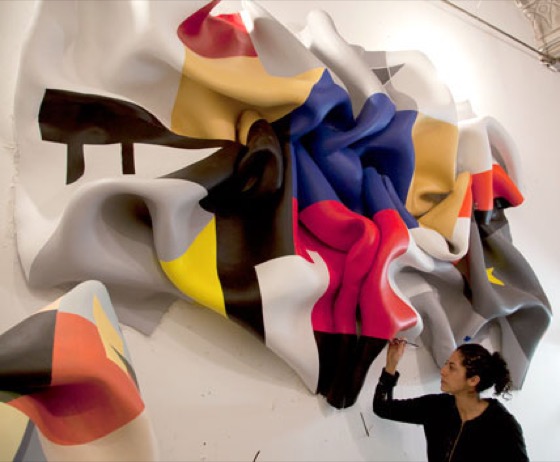
While you’re in the building materials section, pick up a bag of concrete and turn your students on to the cute, yet creepy, work of artist Ross Bonfanti.

Plumbing & Electrical
This department could be a sculpture teacher’s dream. The wires, cables, switches and boxes from the electrical aisle come in all sorts of lengths, thicknesses, shapes, and colors. This assortment can only be rivaled by the pipes, fittings, tubing, and accessories of the plumbing aisle. Did you know that many of Theo Jansen’s walking Strandbeests are made of PVC piping?
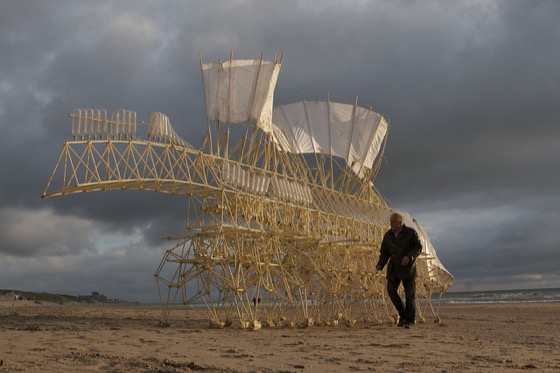
On a smaller scale, check out Robert Matysiak’s Robolamps.
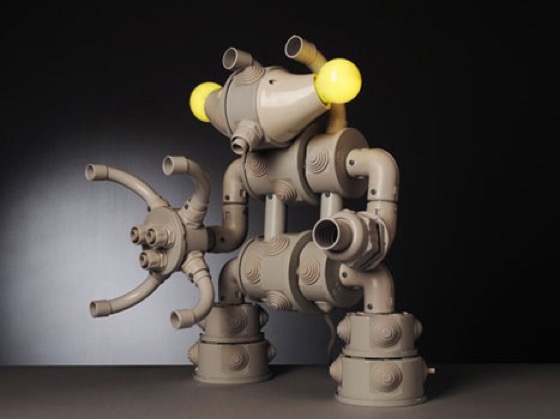
Garden Supplies
Before you leave the store, swing by the garden supply department. Load your cart with birdseed, fencing, and even dirt. There are countless projects that can be created using natural materials. UK artists Heather Ackroyd and Dan Harvey created images in grass by projecting a black and white image on it while it grew in a dark room.

A similar technique could be achieved by using birdseed and cardboard stencils. The seed will only grow where the cardboard is not.
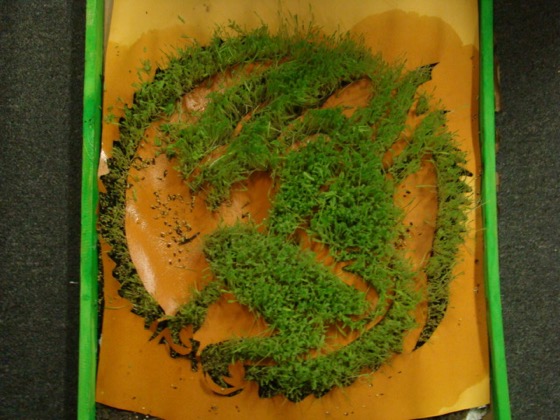
Another garden center project that could be created for just a few bucks is to have your students create mud paintings on the sidewalk. Mix in a little white clay to archive different values.
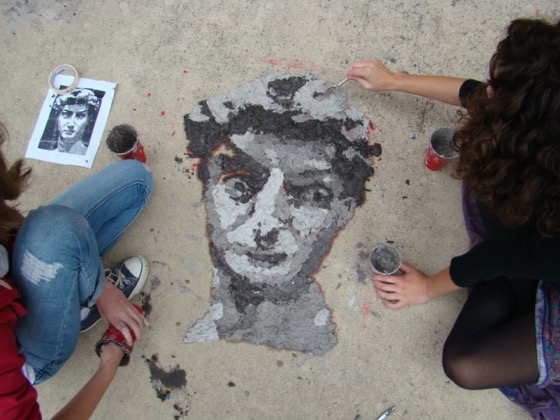
Next time you’re mulling over that pile of catalogs considering which materials to order, stop for a moment and reconsider just what an art supply is. Then, before you make your final decisions, put the book down and take a ride to your local hardware store. It’s the best art supply store that doesn’t sell art supplies.
{image source}{image source}{image source}{image source}{image source}
What non-fine art supplies do you favor?
What projects have your students created using hardware?
Magazine articles and podcasts are opinions of professional education contributors and do not necessarily represent the position of the Art of Education University (AOEU) or its academic offerings. Contributors use terms in the way they are most often talked about in the scope of their educational experiences.




